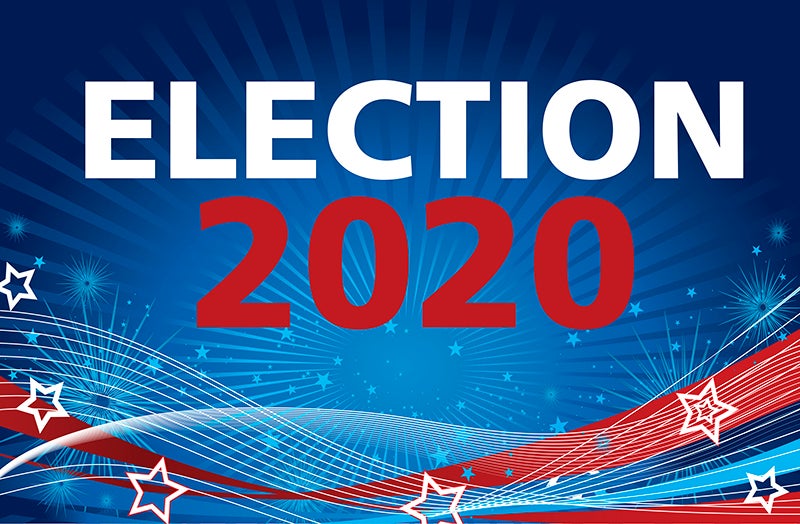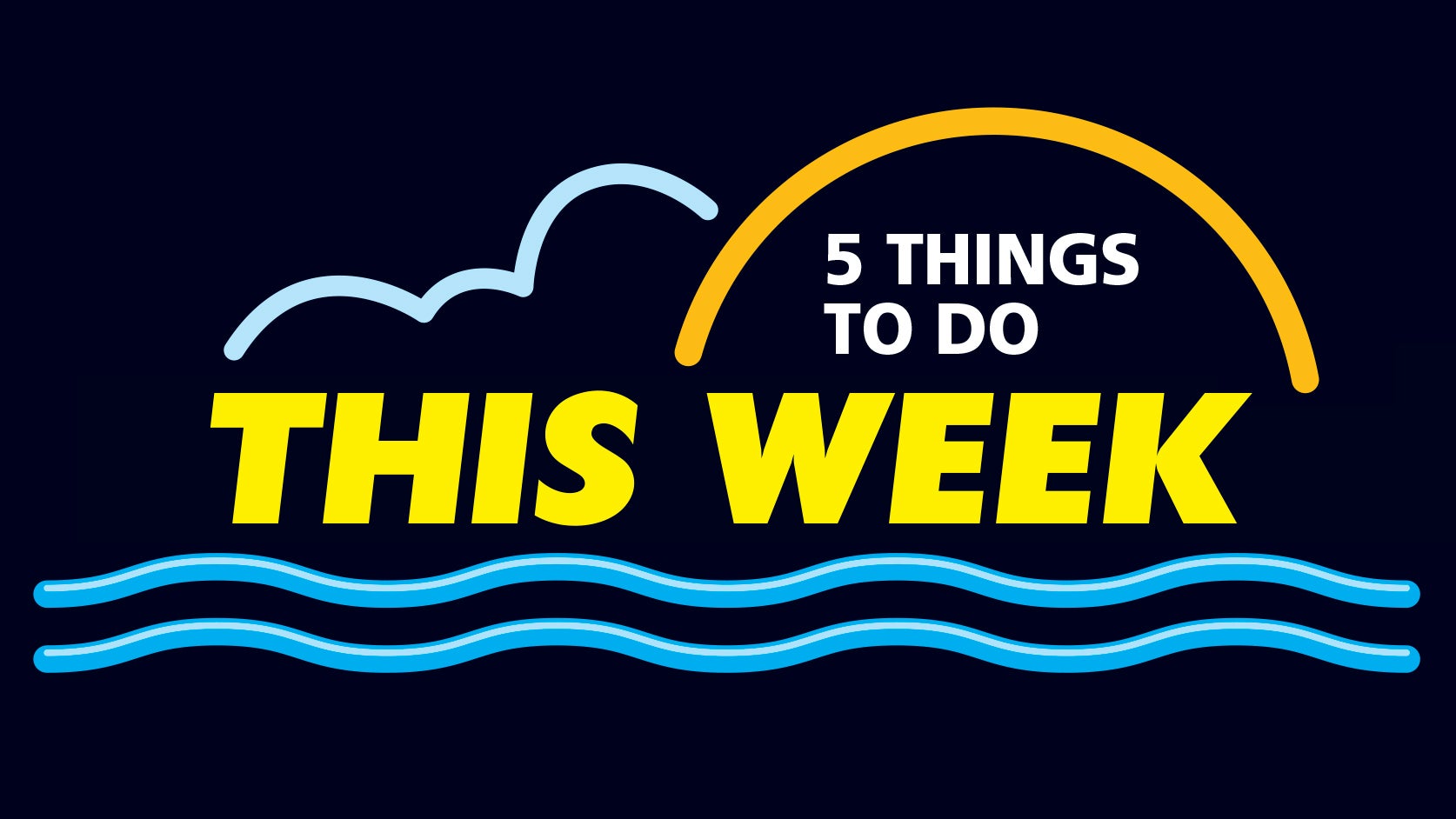Biden, Trump press contrasts in Midwest after debate chaos
Published 2:42 pm Wednesday, September 30, 2020
|
Getting your Trinity Audio player ready...
|
PITTSBURGH — President Donald Trump and Democrat Joe Biden kept up their debate-stage clash from afar on Wednesday as they competed for working-class voters in the Midwest, while elected officials in both parties — and the debate commission, too — sought to deal with the most chaotic presidential faceoff in memory.
The Tuesday night affair raised fresh questions about Trump’s continued reluctance to condemn white supremacy, his efforts to undermine the legitimacy of the election and his unwillingness to respect debate ground rules his campaign had agreed to. Some Democrats called on Biden to skip the next two debates.
Biden’s campaign confirmed he would participate in the subsequent meetings as did Trump’s. But the Commission on Presidential Debates promised “additional structure … to ensure a more orderly discussion of the issues.”
Less than 12 hours after the wild debate concluded, Biden called Trump’s behavior in the prime-time confrontation a “a national embarrassment.” The Democratic challenger launched his most aggressive day on the campaign trail all year, with eight stops planned for a train tour that began mid-morning in Cleveland and was ending 10 hours later in western Pennsylvania. Trump was to address voters and donors in Minnesota late in the day.
Biden balanced criticism of Trump with a call for national unity.
“He lies to you,” Biden told supporters under a sunny sky with a cool breeze outside the Cleveland train station.
“I’ll always tell you the truth,” the former vice president said. “I’ll always care about you whether you vote for me or not. If elected, I’m not going to be a Democratic president, I’m going to be an American president.”
While some Republicans feared that Trump’s debate performance was too aggressive, he gave himself high marks before leaving Washington. He had spent much of the morning assailing Biden and debate moderator Chris Wallace on social media.
“It was an exciting evening. I see the ratings were very high and it was good to be there,” Trump said.
The first of three scheduled debates between Trump and Biden deteriorated into bitter taunts and chaos the night before as the Republican president repeatedly interrupted his Democratic rival with angry — and personal — jabs that overshadowed any substantive discussion of the crises threatening the nation.
Trump and Biden frequently talked over each other with Trump interrupting, nearly shouting, so often that Biden eventually snapped at him, “Will you shut up, man?”
Trump repeatedly cast doubt on the integrity of the election and refused to say whether he would accept the results, calling on his supporters to scrutinize voting procedures at the polls — something that critics warned could easily cross into voter intimidation.
Trump also refused to condemn white supremacists who have supported him, telling one such group known as Proud Boys to “stand back and stand by.”
On Capitol Hill, Republicans showed signs of debate hangover with few willing to defend Trump’s performance.
Utah Sen. Mitt Romney called the debate “an embarrassment” and said Trump “of course” should have condemned white supremacists.
“I think he misspoke,” said South Carolina Sen. Tim Scott, the only Black Republican senator. “I think he should correct it. If he doesn’t correct it, I guess he didn’t misspeak.”
Trump did not say he misspoke when asked directly on Wednesday, but a day after citing the Proud Boys by name, he claimed to not know who they were.
“They have to stand down — everybody. Whatever group you’re talking about, let law enforcement do the work,” he said.
The president’s brash debate posture may have appealed to his most passionate supporters, but it was unclear whether the embattled incumbent helped expand his coalition or won over any persuadable voters, particularly white, educated women and independents who have been turned off in part by the same tone and tenor the president displayed on the debate stage.
With just five weeks until Election Day and voting already underway in several key states, Biden holds a lead in national polls and in many battlegrounds. Polling has been remarkably stable for months, despite the historic crises that have battered the country this year, including the pandemic that has killed more than 200,000 Americans and a reckoning over race and police.
While Biden distanced himself from some of the priorities of his party’s left wing — and Vermont Sen. Bernie Sanders — Tuesday night, there was no sign that he had turned off his party’s grass-roots activists.
Digital director Rob Flaherty said Biden raised $3.8 million between 10 p.m. and 11 p.m., his best hour of online fundraising The pro-Democratic fundraising group ActBlue’s donation ticker showed a surge of $12 million raised for Democratic candidates starting at around 11:30 p.m. Tuesday night.
“I don’t agree with everything Biden is saying, but this is in fact the most important election in the history of the United States,” Sanders said Wednesday on ABC’s “The View.” “It is terribly important that we defeat Trump, that we elect Biden and that we have the largest voter turnout in the history of the country.”
Increasingly, the candidates have trained their attention on working-class voters in the Midwest, a group that helped give Trump his victory four years ago and will again play a critical role this fall.
Biden and wife, Jill, travelled through Ohio and Pennsylvania aboard a nine-car train bearing a campaign logo, a throwback to Biden’s days as a senator when he commuted most days via Amtrak from his family’s home in Delaware to Capitol Hill.
Ohio Congressman Tim Ryan, a Democrat, said that Trump’s behavior in the debate was exactly why suburban voters across the Midwest and beyond have turned against him.
“I feel like he took an axe to one of the great American rituals we have in this country,” Ryan said.
Trump, meanwhile, was attending an afternoon fundraiser in Shorewood, Minnesota, a suburb to the west of Minneapolis, before appearing at an evening campaign rally in Duluth on the shores of Lake Superior.
While Trump carried Ohio and Pennsylvania four years ago, he narrowly lost Minnesota, one of the few states he hopes to flip from blue to red this fall. The president’s path to success likely depends on finding more votes in rural, conservative areas and limiting his losses in the state’s urban and suburban areas.
It’s a strategy Trump’s campaign is trying to execute in other states and it depends on a robust field operation with the money and time to track down infrequent or first-time voters. That could be a tall order since Minnesota already has one of the nation’s highest voter turnout rates.





